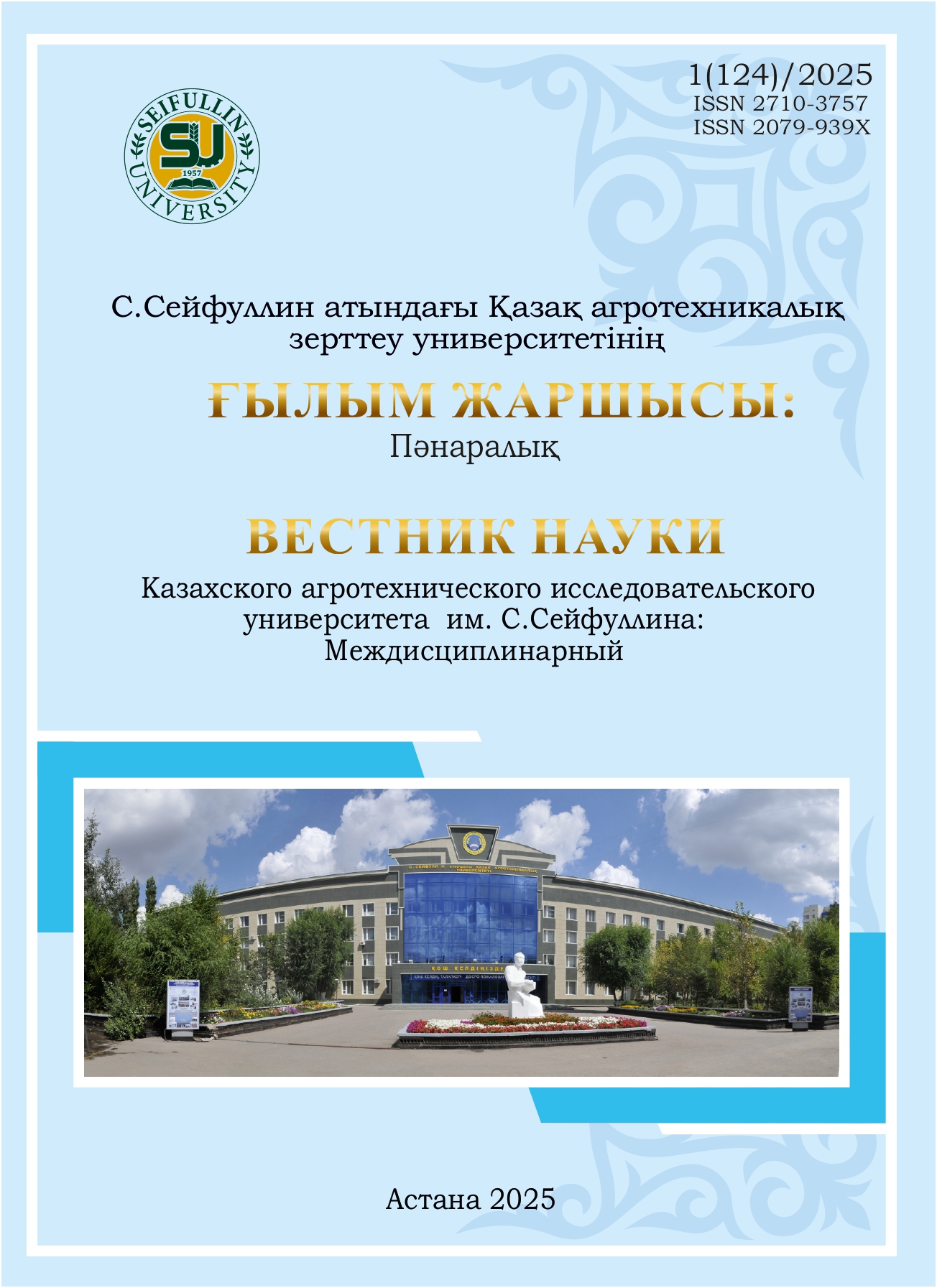The impact of various stress factors on lactation in goats
DOI:
https://doi.org/10.51452/kazatu.2025.1(124).1821Abstract
Background and Aim. The study of milk formation and secretion physiology is essential for addressing various biomedical issues related to the biological significance of lactation and milk in supporting offspring immunity and metabolism, as well as for the production of high-quality dairy products. The occurrence and duration of hypogalactia are determined by the quantitative balance between lactogenic and stress hormones. The aim of the study was to assess the levels of stress hormones and their impact on milk secretion in lactating goats under normal conditions and various stress factors.
Materials and Methods. The study was conducted on goats, biochemical analyses of blood and milk were carried out. The levels of adrenaline and noradrenaline were measured using the fluorimetric method, considering different stress conditions and lactation stages.
Results. The levels of key lactogenic hormones were found to be highest during the early stages of lactogenesis. For the first time, it was established that stress hormone levels in goats vary depending on the lactation period and the influence of stress factors. The highest concentrations of adrenaline and noradrenaline were observed in the initial days of lactogenesis, followed by a decline during subsequent stages of lactopoiesis.
Conclusion. The results of the study showed that low milk yield is associated with increased levels of adrenaline and noradrenaline in the bloodstream. Under such conditions, milk production decreases, and a reduction in fat, protein and lactose content is observed, leading to a shorter lactation period.

